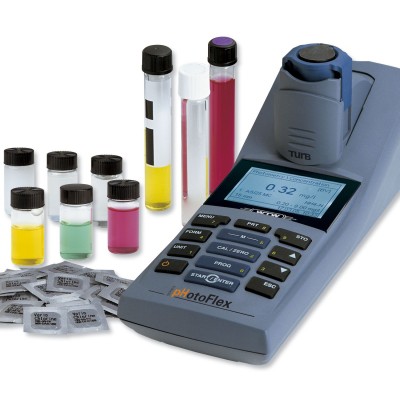
Description
Light passing through liquid that contains undissolved solids, such as algae, mud, microbes and other insoluble particles, is both absorbed and scattered. Turbidity increases with the amount of undissolved solids present in the sample; the shape, size and composition of the particles also influence the degree of turbidity. Performing quality control, turbidity is an indicative parameter for many applications. Its measurements are of extreme importance in quality monitoring in water, drinking water, wastewater, beverage production, electroplating and petrochemical applications.




